Health and Wellness Trends
The growing emphasis on health and wellness is reshaping the pizza Market, as consumers increasingly seek healthier dining options. This trend is reflected in the rising demand for pizzas made with organic ingredients, gluten-free crusts, and plant-based toppings. Approximately 30% of consumers report a preference for healthier pizza alternatives, indicating a significant market opportunity for businesses willing to innovate. As health-conscious choices become more mainstream, pizza companies must adapt their menus to include options that cater to these preferences. This shift not only addresses consumer demand but also positions brands favorably in a competitive landscape focused on wellness.
Regional Flavor Adaptation
Regional flavor adaptation is becoming a key driver in the pizza Market, as businesses recognize the importance of catering to local tastes. Different regions in the US exhibit distinct preferences for pizza styles and toppings, which presents both challenges and opportunities for pizza brands. For instance, while New York is known for its thin crust, Chicago favors deep-dish varieties. Companies that successfully tailor their offerings to reflect regional preferences may enhance customer satisfaction and loyalty. This localized approach can lead to increased market penetration and brand recognition, ultimately contributing to the overall growth of the pizza Market.
Evolving Consumer Preferences
The pizza Market is currently experiencing a shift in consumer preferences, with an increasing demand for diverse and innovative flavors. This trend is driven by a younger demographic that seeks unique culinary experiences. According to recent data, approximately 60% of consumers express interest in trying new pizza toppings and styles, indicating a potential for growth in specialty pizzas. Additionally, the rise of gourmet and artisanal pizzas reflects a broader trend towards premiumization in the food sector. As consumers become more adventurous, the pizza Market must adapt to these evolving tastes to remain competitive.
Competitive Pricing Strategies
Pricing strategies are pivotal in the pizza Market, especially in a landscape characterized by intense competition. With numerous players vying for market share, businesses are compelled to adopt competitive pricing models to attract price-sensitive consumers. Recent analyses indicate that promotional offers and value deals can significantly influence purchasing behavior, with nearly 50% of consumers stating that price promotions impact their choice of pizza brand. As a result, companies must carefully balance quality and affordability to maintain customer loyalty while navigating the challenges posed by fluctuating ingredient costs. Effective pricing strategies will be essential for sustaining growth in the pizza Market.
Convenience and Delivery Services
The convenience factor plays a crucial role in the pizza Market, particularly as consumers increasingly prioritize quick and easy meal solutions. The rise of food delivery services has transformed how pizza is consumed, with over 70% of pizza sales in the US now occurring through delivery or takeout. This shift necessitates that pizza businesses enhance their delivery capabilities and streamline ordering processes. Furthermore, the integration of mobile apps and online ordering systems has become essential for capturing the growing segment of consumers who prefer to order from the comfort of their homes. As convenience continues to drive purchasing decisions, the pizza Market must innovate to meet these demands.


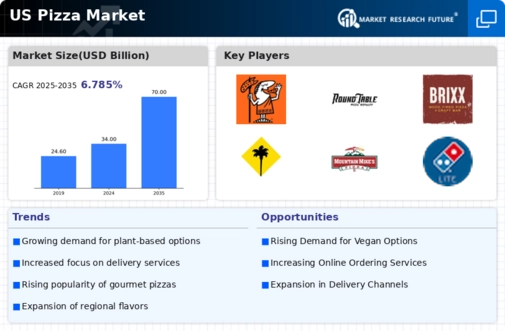
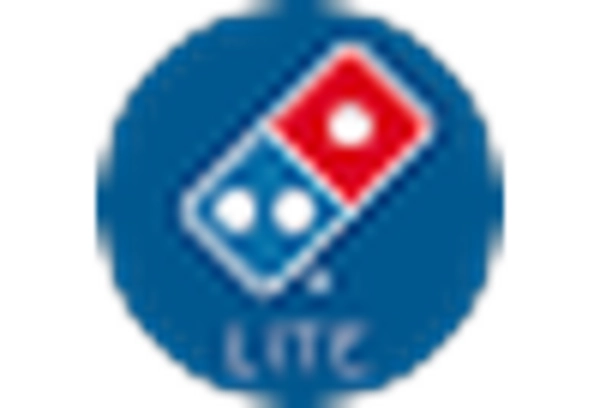


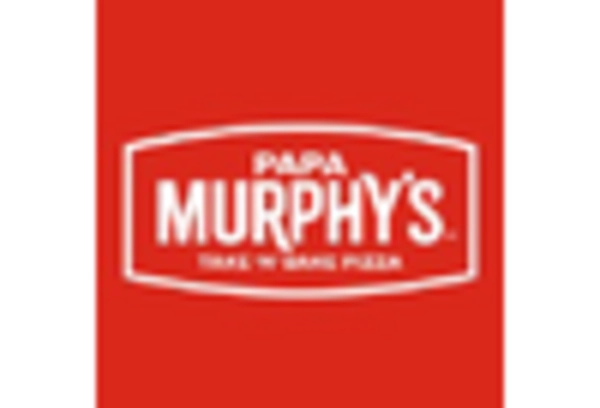
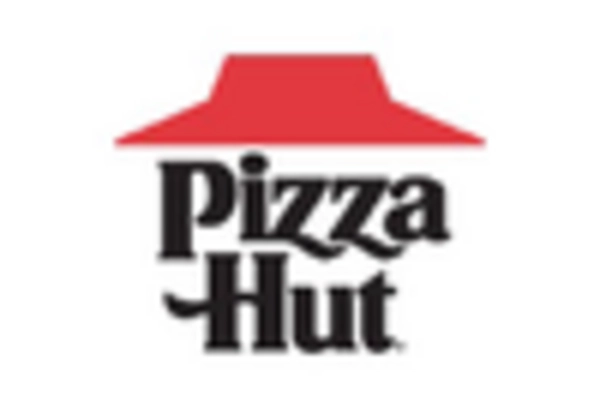
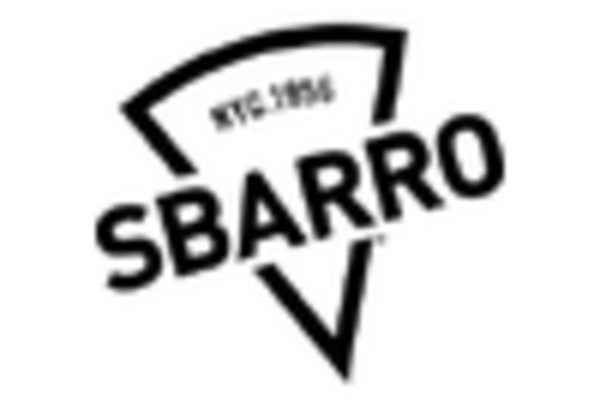








Leave a Comment